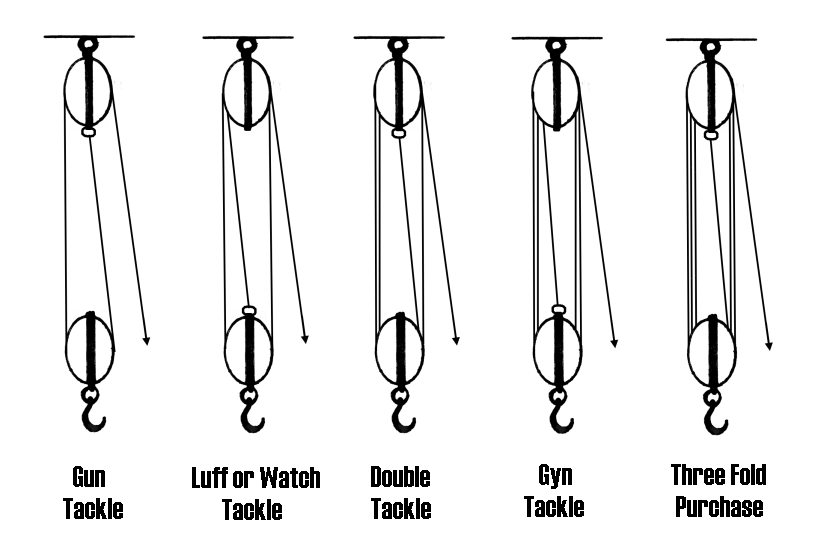Re: Simple Machines B/Compound Machines C
Posted: November 8th, 2013, 5:55 am
Are there different classes of pulleys like levers?
Science Olympiad Student Center
https://scioly.org:443/forums/
Well, the different classes of pulleys are not as explicitly defined as the lever classes. There are two classes, the fixed and movable pulley. The fixed has an MA of 1 and the movable has an MA of 2.technomario wrote:Are there different classes of pulleys like levers?
If you mean a full-on essay, I doubt you would have enough time to write the essays and answer all the other questions. However, a short-answer question where you have to write anywhere from a sentence to a paragraph on concepts seems likely. This is all guesswork--since no one knows what the test is like, we can only guess. Good luck!sunvenu wrote:The rules explicitly indicate that it will include concepts, calculations, and history questions. Are the students expected to answer some of the concept questions in the form of essays? Thanks
That's not strictly true. For example, all of these pulleys have one fixed and one movable pulley, but different IMAs.chinesesushi wrote:Well, the different classes of pulleys are not as explicitly defined as the lever classes. There are two classes, the fixed and movable pulley. The fixed has an MA of 1 and the movable has an MA of 2.technomario wrote:Are there different classes of pulleys like levers?

I believe I am correct in saying that the pulleys you have listed are not all 2-pulley systems, but rather utilize a sheave of some sort like this (http://sultanvcc.webs.com/23%20three%20 ... rchase.jpg). That's the three-fold purchase that you have in your photo, which is, as you can see, not just two pulleys, but rather multiple pulleys. I was speaking of single pulleys, like a wheel with only one groove.JustDroobles wrote:That's not strictly true. For example, all of these pulleys have one fixed and one movable pulley, but different IMAs.chinesesushi wrote:Well, the different classes of pulleys are not as explicitly defined as the lever classes. There are two classes, the fixed and movable pulley. The fixed has an MA of 1 and the movable has an MA of 2.technomario wrote:Are there different classes of pulleys like levers?
You should count the number of strings which will change length. The mechanical advantages for these pulleys are 2, 3, 4, 5, and 6 respectively.
Would say driver/driven, because IMA is d(in)/d(out), so the input / output. But I'm not necessarily correct. I'm also not sure what you mean by driver or driven. Are you talking about the number of teeth? Or something else?hscmom wrote:Gear question: Is the gear ratio driver/driven or driven/driver? I have seen both on the internet. Can't decide what to teach our B team (and never learned it when I was in school!).